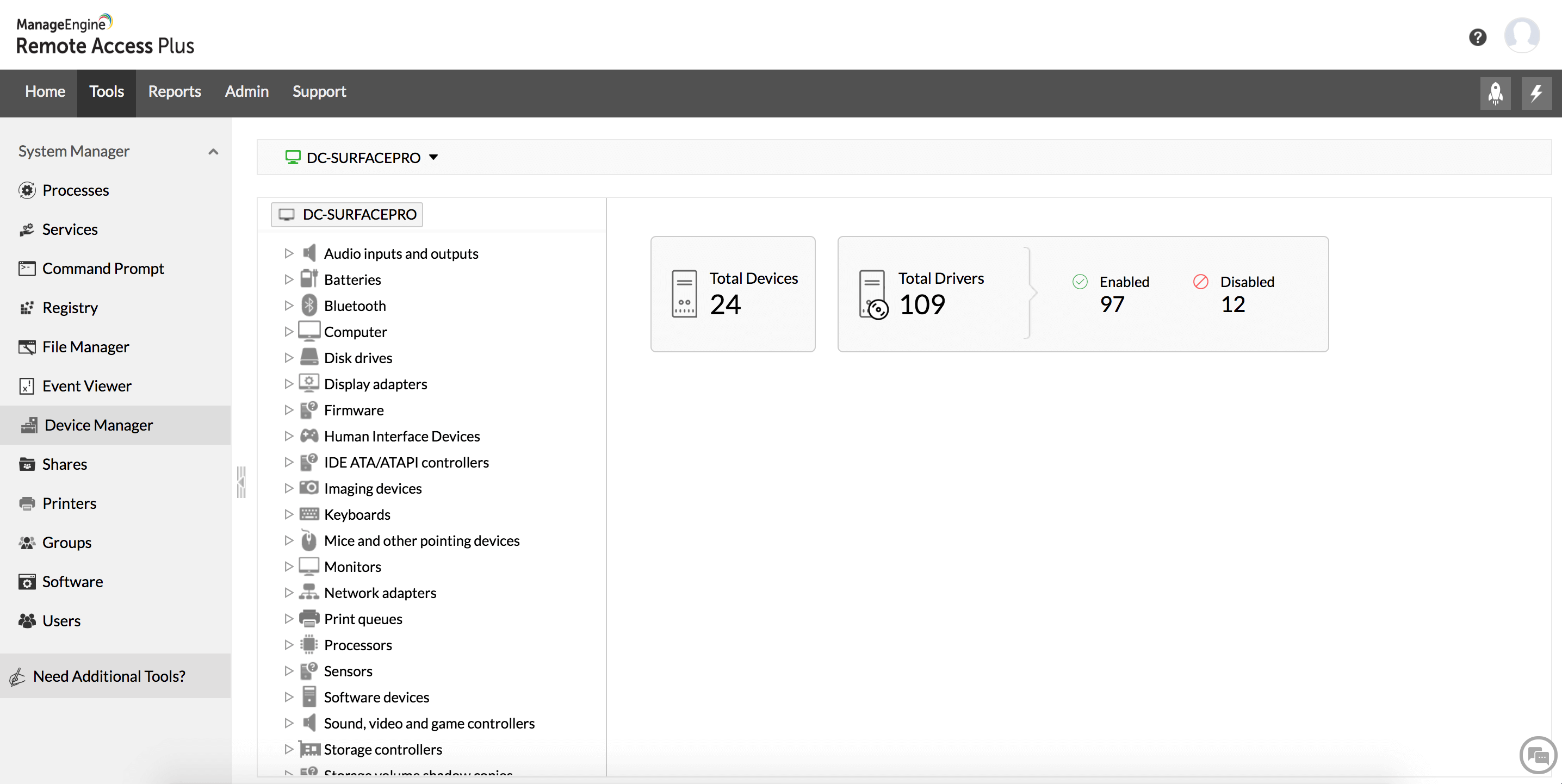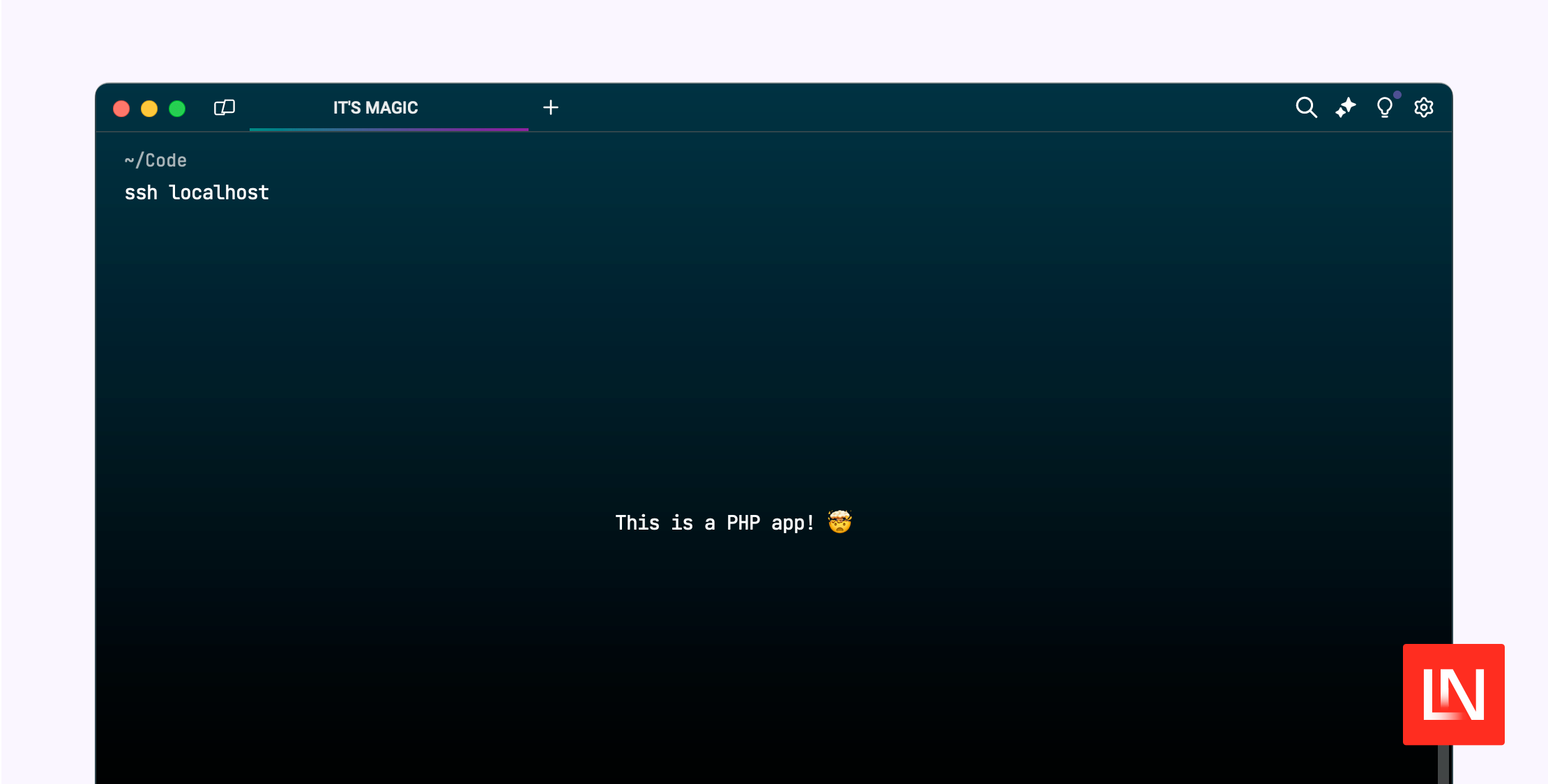So, you’ve probably heard about remote device SSH by now, right? Whether you’re a tech enthusiast, a developer, or just someone who wants to access their computer from afar, SSH is the go-to solution for secure and reliable connections. It’s like having a digital key that lets you unlock your device from anywhere in the world—pretty cool, huh? In this guide, we’ll dive deep into everything you need to know about SSH, from setting it up to troubleshooting common issues. Stick around, because this is gonna be a wild ride!
Now, before we get into the nitty-gritty, let’s talk about why remote device SSH matters so much in today’s tech-driven world. Imagine being able to control your work computer while you’re sipping coffee at a café or troubleshooting a server issue from the comfort of your couch. SSH makes all of that possible, and it does so securely, keeping your data safe from prying eyes. Sounds pretty awesome, doesn’t it?
But hold up—there’s more to SSH than just remote access. It’s a powerful tool that can help you automate tasks, manage servers, and even transfer files securely. So, whether you’re a beginner or a seasoned pro, this guide has got you covered. Let’s jump in and explore the world of SSH together!
- Unveiling The Truth The Tragic And Inspiring Story Of The 1972 Andes Crash Site
- Pooh Shiesty Age The Rising Star In The Music Industry
What Exactly is Remote Device SSH?
Alright, let’s start with the basics. SSH stands for Secure Shell, and it’s a protocol that allows you to remotely connect to another computer or server over a network. Think of it as a secure tunnel that lets you access your files, run commands, and manage systems without being physically present. Remote device SSH is basically using this protocol to control devices that aren’t in the same room as you.
Here’s the kicker: SSH encrypts all communication between your device and the remote system, making it nearly impossible for hackers to intercept your data. This level of security is why SSH is a favorite among IT professionals and developers alike. It’s not just about convenience—it’s about safety too.
How Does SSH Work?
Now that we know what SSH is, let’s break down how it actually works. When you connect to a remote device via SSH, here’s what happens behind the scenes:
- Tony Puryear The Ultimate Guide To His Art Legacy And Impact
- Is Rapper Special Ed Ethnicity A Hot Topic Lets Dive In
- Authentication: First, your device needs to prove its identity to the remote system. This is usually done using passwords or public key authentication.
- Encryption: Once authenticated, SSH establishes an encrypted connection between the two devices. This ensures that all data transmitted is secure and private.
- Command Execution: With the connection established, you can now run commands, transfer files, or manage the remote system as if you were sitting right in front of it.
It’s like having a secret handshake with your device, but instead of a handshake, it’s more like a super-secure digital hug. And hey, who doesn’t love a good digital hug?
Why Should You Care About Remote Device SSH?
Let’s be real for a second—why should you even bother learning about SSH? Well, here’s the thing: in today’s fast-paced world, being able to access your devices remotely is a game-changer. Whether you’re a developer working on a project, a sysadmin managing servers, or just someone who wants to grab a file from their home computer, SSH makes life so much easier.
Here are a few reasons why remote device SSH is worth your time:
- Security: Unlike other remote access methods, SSH encrypts all communication, keeping your data safe from cybercriminals.
- Flexibility: You can use SSH to do everything from running commands to transferring files, making it a versatile tool for any tech-savvy individual.
- Cost-Effective: SSH is free and open-source, meaning you don’t have to spend a dime to use it. That’s right—zero dollars!
So, whether you’re a tech guru or just someone who wants to level up their skills, SSH is definitely worth exploring. Trust me, your future self will thank you for it.
Setting Up Remote Device SSH
Alright, now that we’ve covered the basics, let’s talk about how to set up SSH on your device. Don’t worry—it’s easier than you think. Here’s a step-by-step guide to get you started:
Step 1: Install SSH on Your Device
Most Linux and macOS systems come with SSH pre-installed, so you might not need to do anything. But if you’re using Windows, you’ll need to install OpenSSH. Here’s how:
- For Windows: Open the Settings app, go to “Apps” > “Optional Features,” and click “Add a feature.” Search for “OpenSSH Client” and install it.
- For Linux/macOS: SSH is usually installed by default. You can check by running
ssh -Vin the terminal.
Step 2: Generate SSH Keys
Now that SSH is installed, it’s time to generate your SSH keys. These keys are like digital passwords that let you authenticate without typing in a password every time. Here’s how to do it:
- Open your terminal or command prompt.
- Type
ssh-keygen -t rsa -b 4096and press Enter. - Follow the prompts to save the key and set a passphrase (optional but recommended).
And just like that, you’ve got your SSH keys ready to go!
Troubleshooting Common SSH Issues
Let’s face it—things don’t always go as planned. If you’re having trouble with SSH, don’t panic. Here are some common issues and how to fix them:
Issue 1: Connection Refused
If you’re getting a “Connection refused” error, it usually means the SSH service isn’t running on the remote device. Here’s how to fix it:
- Make sure the SSH service is running on the remote machine. You can check by running
sudo service ssh status. - Ensure that the firewall isn’t blocking the SSH port (default is 22).
Issue 2: Permission Denied (Public Key)
This error usually pops up when your SSH key isn’t properly configured. Here’s what to do:
- Double-check that your public key is added to the
~/.ssh/authorized_keysfile on the remote device. - Make sure the file permissions are correct. The
.sshdirectory should have permissions set to 700, and theauthorized_keysfile should be 600.
With these fixes, you should be good to go in no time!
Advanced SSH Techniques
Once you’ve mastered the basics, it’s time to take your SSH skills to the next level. Here are a few advanced techniques to try out:
SSH Tunneling
SSH tunneling allows you to securely forward traffic between your local machine and a remote server. This is especially useful for accessing services that are only available on the remote network. Here’s how to set it up:
- Use the
-Loption to specify the local port and remote address. For example:ssh -L 8080:localhost:80 user@remote. - Now, any traffic sent to
localhost:8080on your machine will be forwarded tolocalhost:80on the remote server.
SSH Agent Forwarding
SSH agent forwarding lets you use your local SSH keys to authenticate with other servers. This is great for chaining SSH connections without having to copy your keys everywhere. To enable it, simply add the -A option when connecting:
ssh -A user@remote
With these techniques, you’ll be unstoppable in the world of SSH!
Best Practices for Secure SSH Connections
Security is key when it comes to SSH, so here are a few best practices to keep your connections safe:
- Use Strong Passwords: If you’re using password-based authentication, make sure your passwords are long and complex.
- Enable Public Key Authentication: This is much more secure than passwords and eliminates the need to type in a password every time.
- Disable Root Login: Allowing root login via SSH is a big no-no. Instead, use a regular user account and escalate privileges as needed.
- Change the Default Port: Moving SSH from port 22 to a non-standard port can help deter automated attacks.
By following these practices, you’ll significantly reduce the risk of unauthorized access to your systems.
SSH Tools and Alternatives
While SSH is a powerful tool, there are plenty of other options out there. Here are a few worth checking out:
SSH Clients
- PuTTY: A popular SSH client for Windows users.
- Termius: A cross-platform SSH client with a user-friendly interface.
SSH Alternatives
- TeamViewer: A GUI-based remote access tool that’s great for non-technical users.
- VNC: Another remote desktop solution that allows you to control a system graphically.
Ultimately, the tool you choose will depend on your specific needs and preferences. But if security and flexibility are your top priorities, SSH is hard to beat.
Real-World Applications of Remote Device SSH
Now that we’ve covered the technical side of things, let’s talk about how SSH is used in the real world. Here are a few examples:
- Server Management: Sysadmins use SSH to manage servers remotely, ensuring they’re always up and running.
- File Transfers: SSH can be used to securely transfer files between systems using protocols like SCP or SFTP.
- Automated Tasks: Developers use SSH to automate tasks like deploying code or running scripts on remote servers.
No matter what your role is, there’s a good chance SSH can help you get the job done faster and more efficiently.
Conclusion: Take Your SSH Skills to the Next Level
And there you have it—your ultimate guide to remote device SSH. From setting up your first connection to mastering advanced techniques, we’ve covered everything you need to know to become an SSH pro. Remember, security is key, so always follow best practices and keep your systems up to date.
Now it’s your turn to take action. Whether you’re troubleshooting a server, transferring files, or just accessing your home computer from afar, SSH is the tool for the job. So go ahead, give it a try, and let us know how it goes in the comments below. And if you found this guide helpful, don’t forget to share it with your friends and colleagues!
Stay secure, stay connected, and happy SSH-ing!
Table of Contents
- What Exactly is Remote Device SSH?
- How Does SSH Work?
- Why Should You Care About Remote Device SSH?
- Setting Up Remote Device SSH
- Troubleshooting Common SSH Issues
- Advanced SSH Techniques
- Best Practices for Secure SSH Connections
- SSH Tools and Alternatives
- Real-World Applications of Remote Device SSH
- Conclusion: Take Your SSH Skills to the Next Level
- Pooh Shiesty Age The Rising Star In The Music Industry
- Kathy Baker Actress A Comprehensive Dive Into Her Life Career And Legacy


